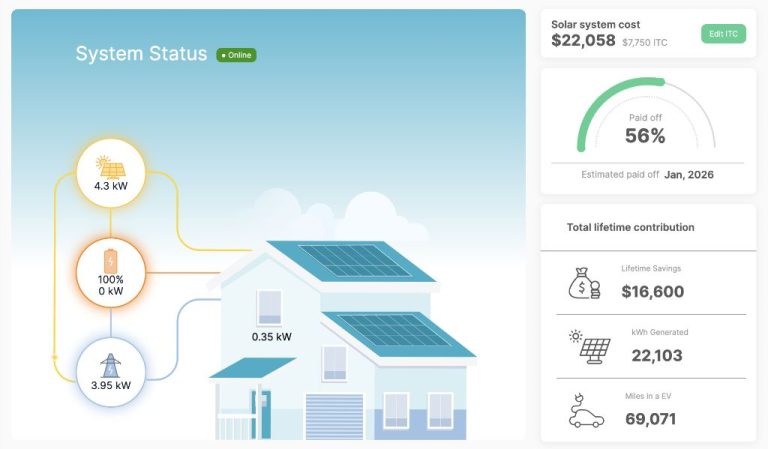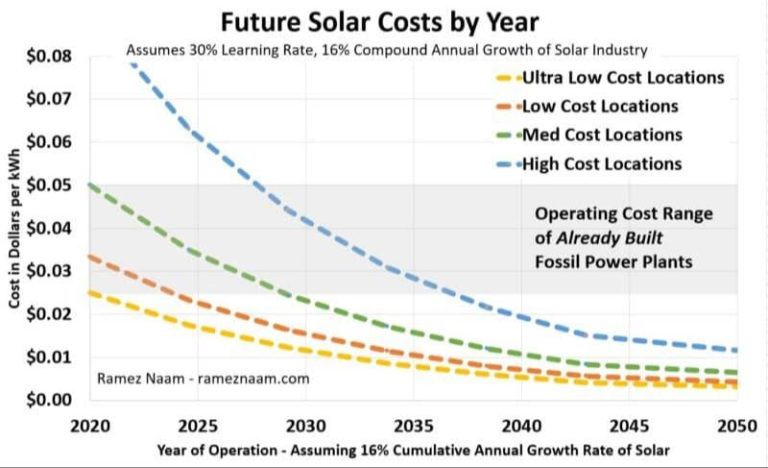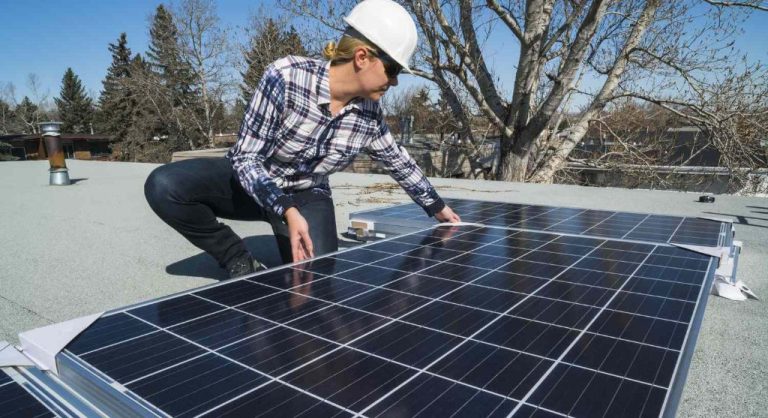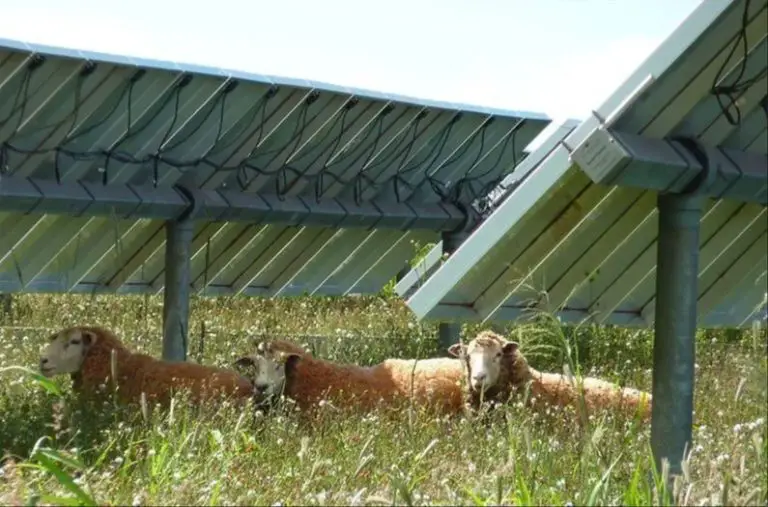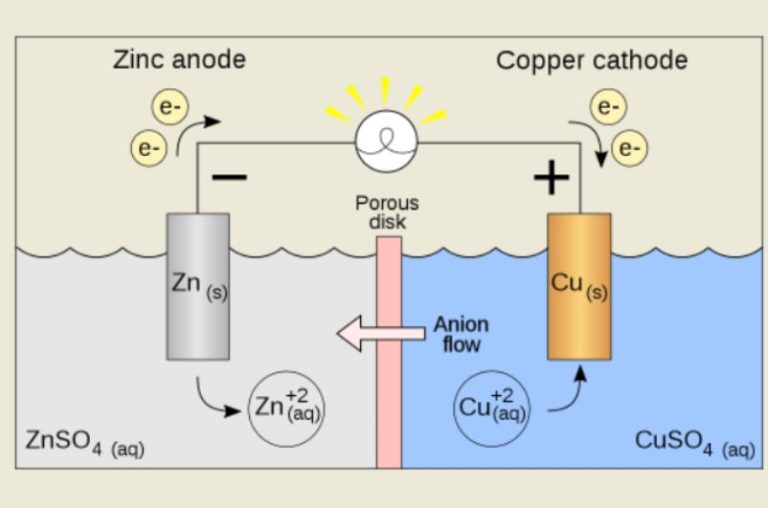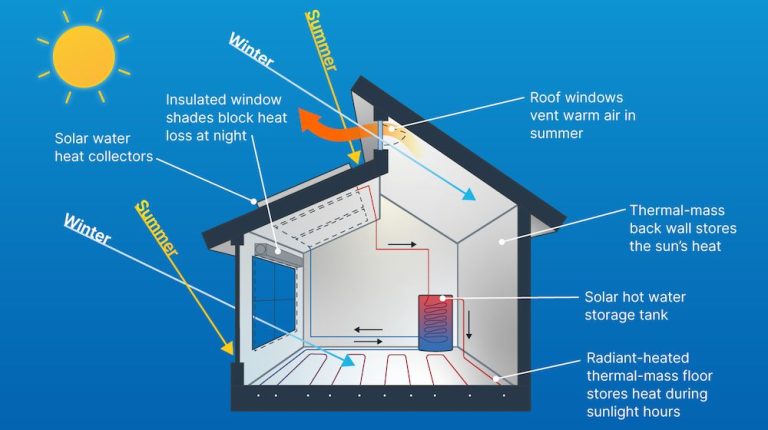What Happens After 25 Years Of Solar?
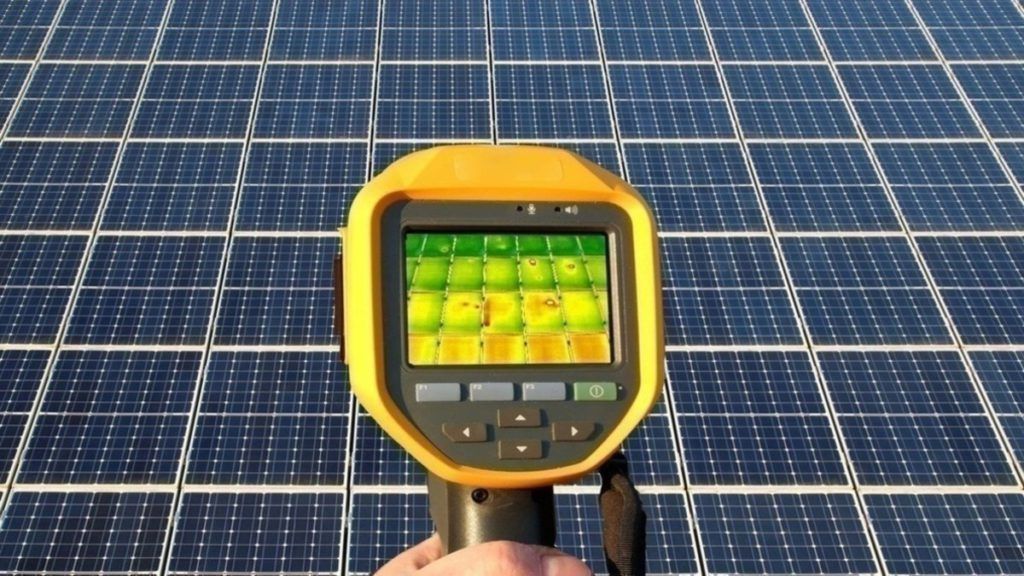
Solar panels have become an increasingly popular source of renewable energy over the past few decades. Most solar panels come with a warranty of 25-30 years, but many can continue producing energy for much longer than that. According to one source, some solar panels last for over 40 years before degrading by more than 15-20% in performance. With solar adoption growing rapidly around the world, many homeowners and businesses are now reaching or approaching the 25 year mark with their original solar panel systems. This raises an important question – what happens after 25 years of solar panel operation?
Solar Panel Lifespan
The typical lifespan of solar panels is 25-30 years (Source1, Source2). This lifespan refers to the period where panels are still operating at over 80% of their original output capacity. After 25-30 years, output capacity begins dropping more rapidly as panels degrade.
There are several key factors that affect a solar panel’s lifespan and degradation rate:
- Weather – Exposure to harsh weather elements like extreme heat, cold, and hail can accelerate degradation.
- Installation quality – Poor installation can lead to structural damage or moisture intrusion, reducing lifespan.
- Panel technology – More advanced panel technologies like monocrystalline tend to have higher output capacities over time versus older polycrystalline panels.
Overall, with quality installation and maintenance, most solar panels achieve their expected 25-30 year lifespan before requiring replacement (Source2).
Source1: https://www.igs.com/energy-resource-center/energy-101/how-long-do-solar-panels-last
Source2: https://www.sunrun.com/go-solar-center/solar-articles/how-long-do-solar-panels-really-last
Performance Over Time
Solar panels experience a slight decline in efficiency each year as they are exposed to the elements. Most solar panels lose around 0.5% – 0.8% of their efficiency per year, on average [https://solar-power-now.com/how-long-do-solar-panels-last/]. After 25 years, a solar panel would typically operate at around 80% of its original capacity when new. Factors like weather, shading, and soiling can accelerate the degradation rate in some cases. But overall, the annual efficiency decline is relatively small and gradual. Most solar panel warranties guarantee at least 80% production after 25 years to account for this expected degradation.
The exact loss rate can vary between panel models and manufacturers. High-quality monocrystalline silicon solar panels tend to have lower degradation rates than those made from polycrystalline silicon or thin-film materials. Improvements in manufacturing and materials science in recent years have also helped increase the usable lifespan of solar panels.
Recycling Solar Panels
When solar panels reach the end of their lifespan, they can be recycled to recover valuable materials like aluminum, glass, and silicon. The solar panel recycling process typically involves dismantling the panels, removing the frame and junction box, shredding the remaining materials, and then separating the various components for processing. Most solar panel materials, including the glass, aluminum, silicon cells, plastics, and silver can be recovered and reused [1].
Despite the recyclability of solar panels, current global recycling rates are estimated at only around 10-15% [2]. Recycling rates are higher in the EU at around 60-70% due to extended producer responsibility laws that require solar manufacturers to collect and recycle end-of-life panels [3]. In the US, recycling rates lag behind due to lack of infrastructure and inconsistent state regulations. Initiatives to standardize recycling regulations and invest in recycling technology could significantly boost recycling rates and prevent valuable materials from going to waste.
Re-use Options
One way to extend the life of used solar panels is to repurpose them for less demanding applications. Panels continue generating power well beyond their initial warranty period, just at diminished output levels. Re-purposing used panels can be an economical way to offset electricity usage. According to SolarQuotes, old panels can be used for basic loads like lighting garden sheds or powering off-grid water pumps 1. Reduced output may not matter if power demands are low. An 80% efficient 25-year-old panel is still generating 80% of its rated power.
Used panels can also be good for hobby or DIY projects. Tinkers and makers may only need small amounts of electricity for powering simple circuits or devices. Salvaging old panels is cheaper than buying new. There are online marketplaces dedicated to selling pre-owned solar equipment for residential and hobby applications 2. With some basic electrical knowledge, handy homeowners can give old panels continued value.
Re-powering Systems
After 25 years, solar panel systems may need re-powering, which involves replacing older solar panels and inverters with newer, more efficient models. This can help maintain or boost energy production compared to the original system. According to Forbes, replacing solar panels costs $1,500 to $3,000 per kW and inverters cost $0.25 to $0.35 per watt.
For a typical 6 kW solar system, replacing the panels would cost $9,000 to $18,000 and a new inverter may cost $1,500 to $2,100. Re-powering a system this size totals $10,500 to $20,100 for parts. When including installation costs, expect to pay $13,000 to $25,000 for a full re-power. This investment can extend the life of the system for 20-25 years. It’s a more cost effective option than installing an entirely new system.
Before re-powering, homeowners should calculate energy production to decide if upgrade costs make sense. Re-powering can pay off through increased solar production and extended tax credits. However, sometimes full removal and replacement is better. Consult with solar professionals to determine the best solar re-powering costs and strategy.
Removing Solar Systems
Once solar panels reach the end of their lifespan, the entire system will need to be decommissioned and removed. This involves disconnecting the system from the electrical grid and any batteries or inverters. Any racking, mounting hardware, and wiring will also need to be taken down. Most solar installers recommend hiring a professional solar contractor to handle the removal process.
According to Modernize, the average cost to remove solar panels ranges from $300 – $1000 per panel [1]. This cost can vary based on system size, roof type/accessibility, and local labor rates. The panels may need to be lowered carefully off the roof instead of simply unbolted. Any damage done to the roof during removal would also increase costs. Some key factors in removal costs include:
- Number of solar panels
- Roof pitch and height
- Panel mounting and racking system
- Local labor costs
In addition to dismantling the system, most installers will also conduct repairs to the roof and seal any penetrations that were made during the original solar installation. This helps restore the roof to its original pre-solar condition. Some homeowners choose to negotiate with the solar company to re-use or recycle the panels, which can help offset removal costs.
Future Advancements
Though solar panels can last up to 25 years, researchers are constantly looking for ways to improve the technology. Innovations to the panel design and construction materials aim to increase efficiency, output, and lifespan. Improved recycling processes are also being developed to reuse more materials at end of life.
Emerging solar cell technologies like perovskite solar cells show great promise. Perovskites have achieved lab efficiencies comparable to silicon panels while using inexpensive materials. However, research is still needed to improve durability and translate lab success into commercial products. The Future of Solar Panels: Improving Efficiency for a Sustainable World
With continued research and development, solar power systems are only expected to become more efficient, affordable and sustainable.
Financial Analysis
One aspect to consider is whether it makes more financial sense to fully replace an older solar panel system or upgrade certain components. According to NREL’s analysis Solar Installed System Cost Analysis, the total cost of installing a new residential rooftop PV system in Q1 2022 was around $2.38 per watt. For a typical 6 kW system, that equates to around $14,280 in upfront costs.
In comparison, just replacing the inverters and re-wiring the connections for an existing system may cost $2,000-4,000. Factoring in the age of the panels and their declining performance could make upgrading select components a smarter financial decision than a full replacement. It’s also important to analyze the incentives, energy prices, and financing options which can sway the math. Doing a detailed cost comparison model based on system specifics will determine the better investment.
Conclusion
Solar panels have a typical lifespan of 25-30 years, during which their performance and efficiency declines gradually over time. While output decreases, solar panels can still produce electricity for many years past their warrantied lifespans. Proper maintenance helps extend their usable lifetimes. When solar panels do reach end-of-life, they can be responsibly recycled or repurposed. Advancements in technology continue to improve solar panel durability and lifespan.
After reviewing solar panel degradation, recycling options, re-use possibilities, and advancements, it’s clear solar power remains an excellent long-term investment. Solar panels provide decades of clean, renewable energy with minimal maintenance required. Furthermore, recycling and re-use options prevent used solar panels from ending up in landfills. While solar panels lose efficiency over time, they continue generating electricity in excess of 80% of original output after 25 years. And with responsible recycling and disposal, solar power can play a sustainable role in our energy future.

